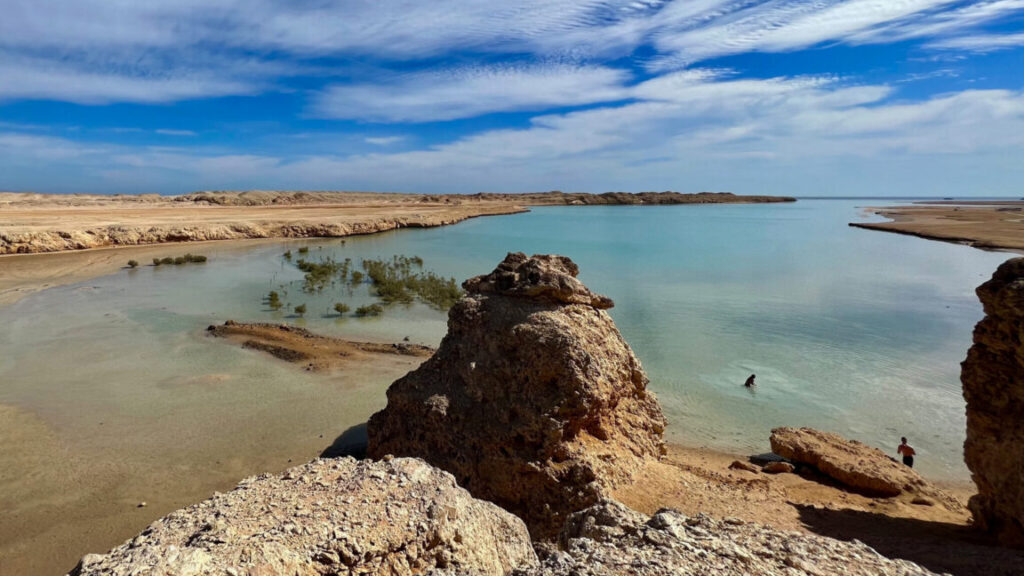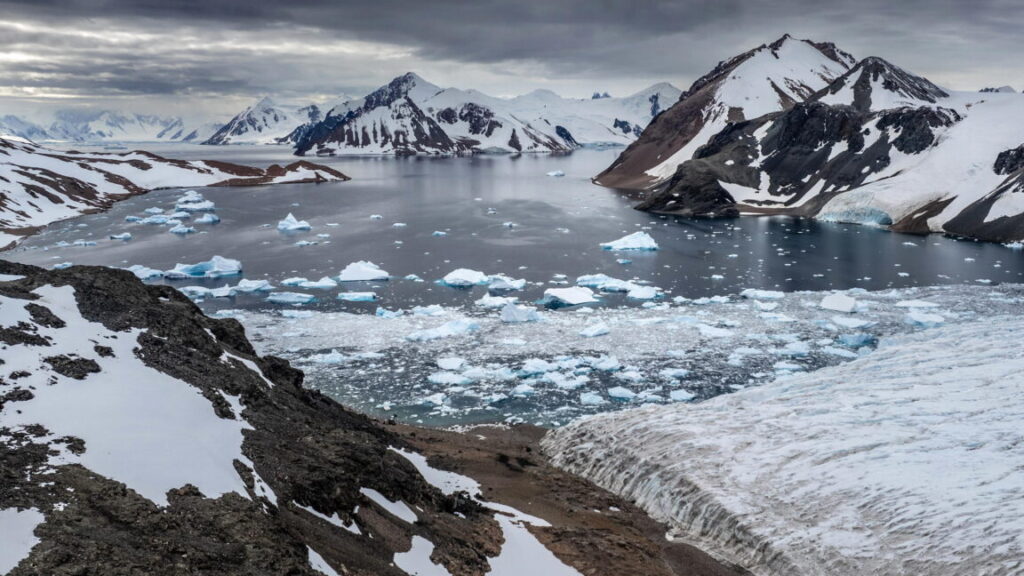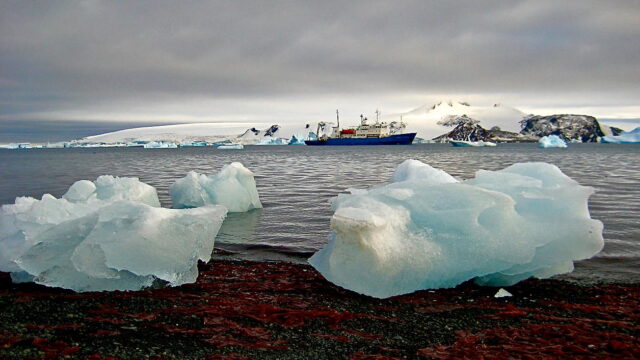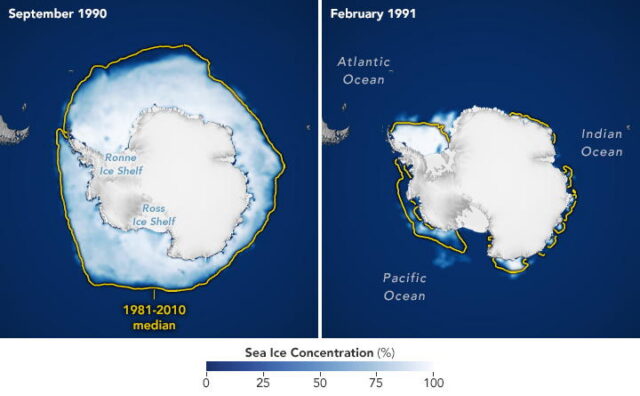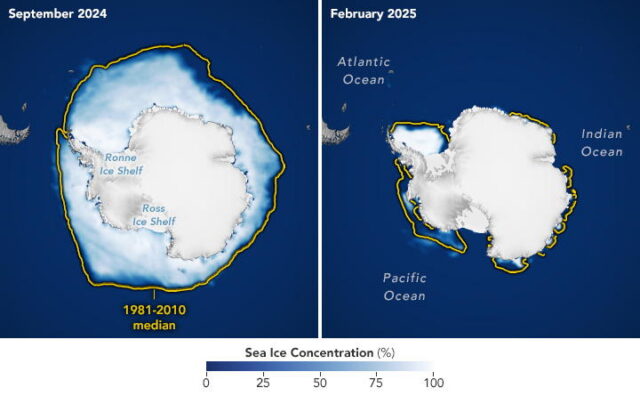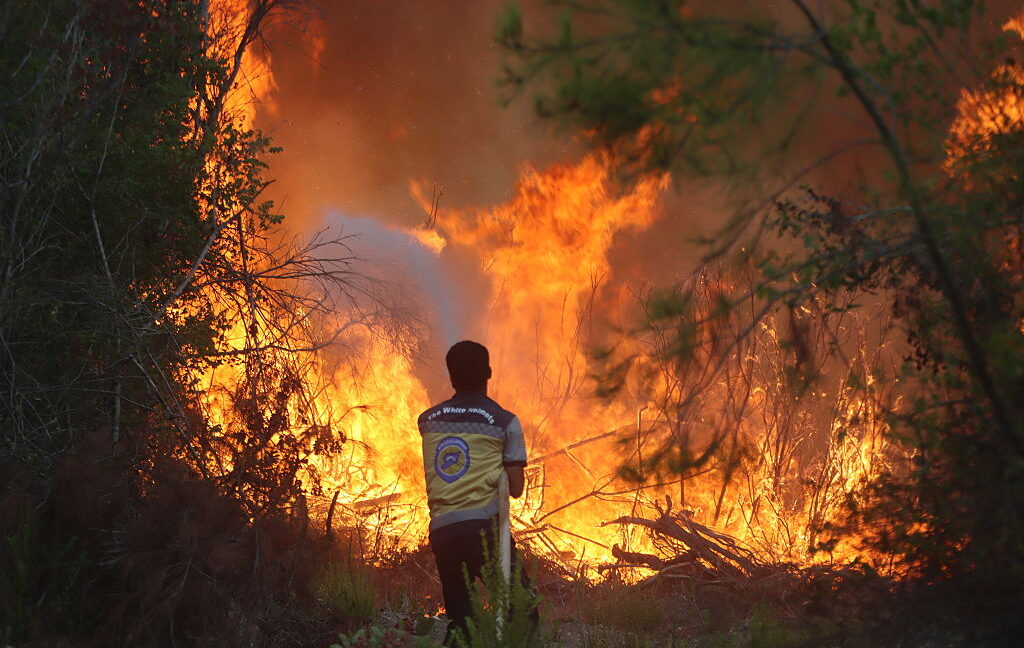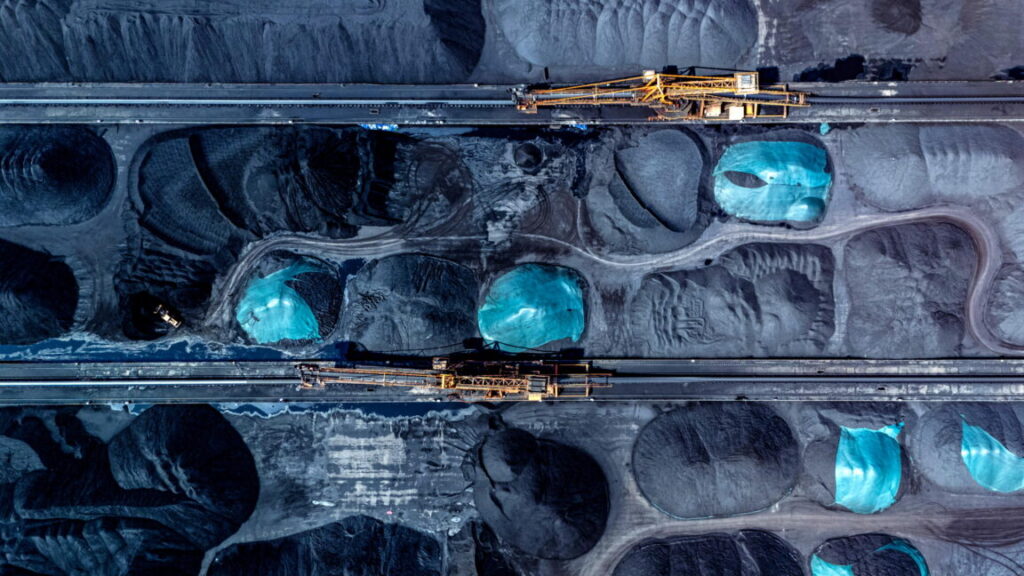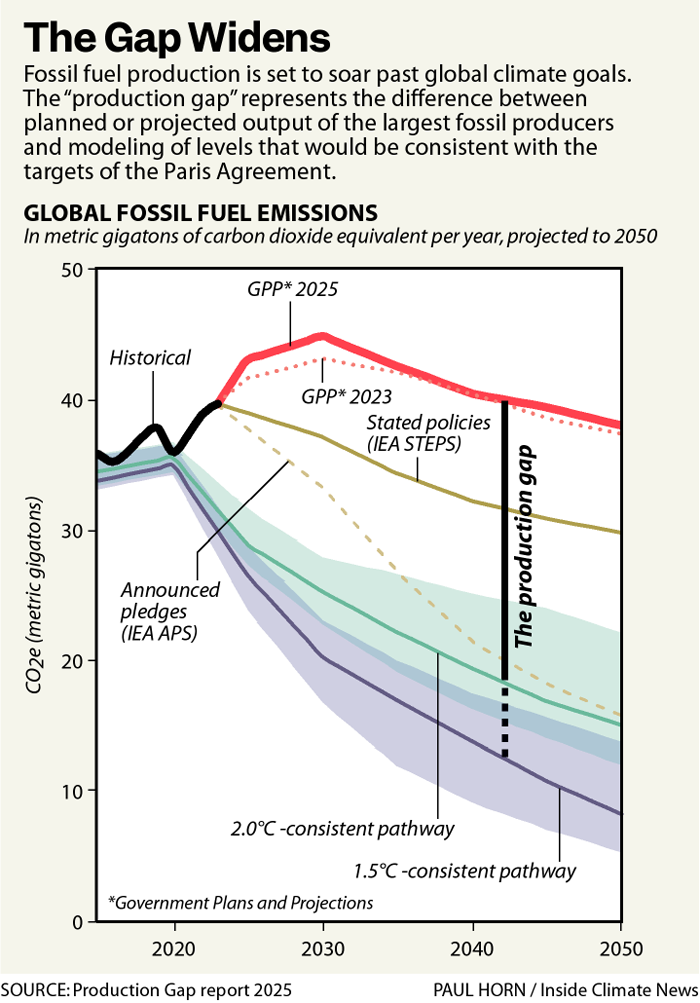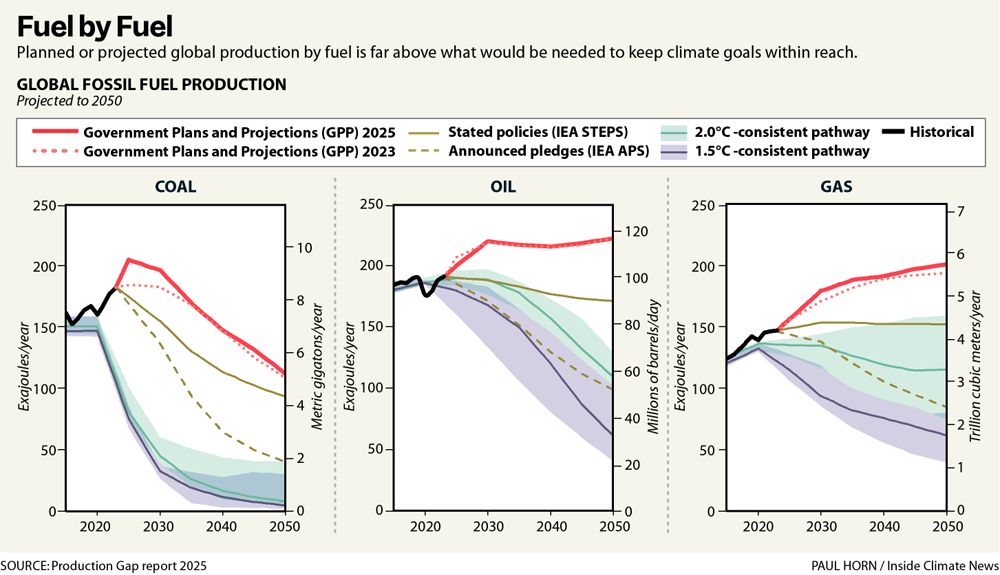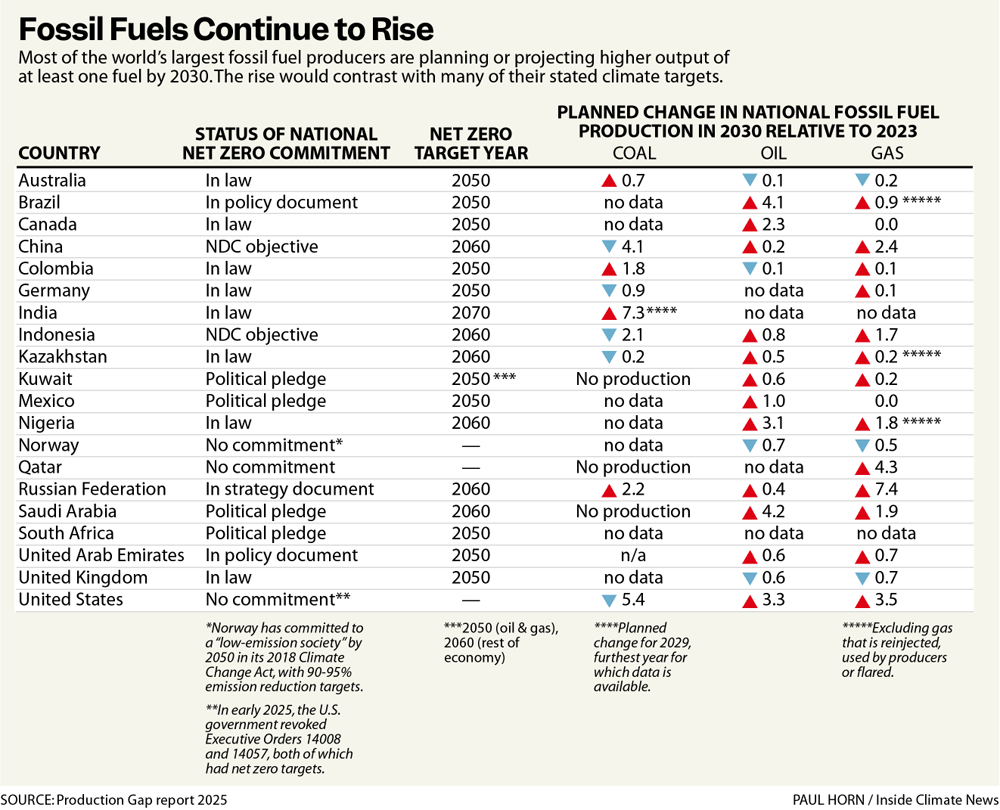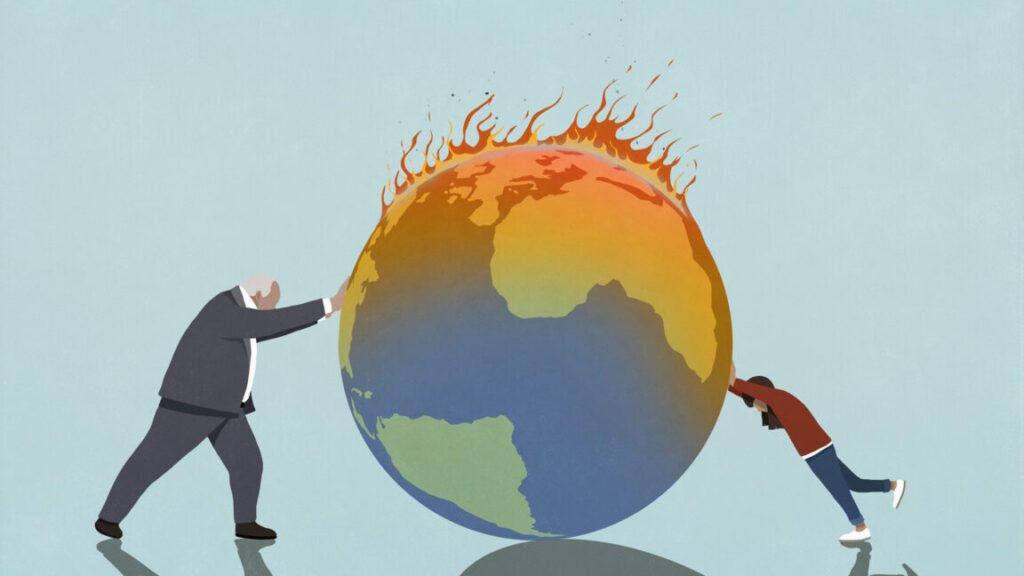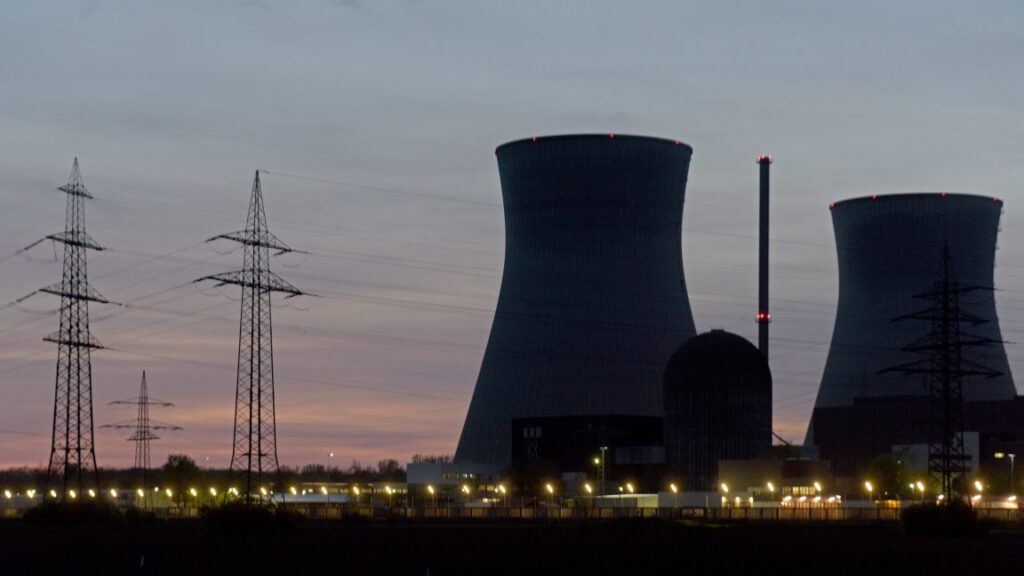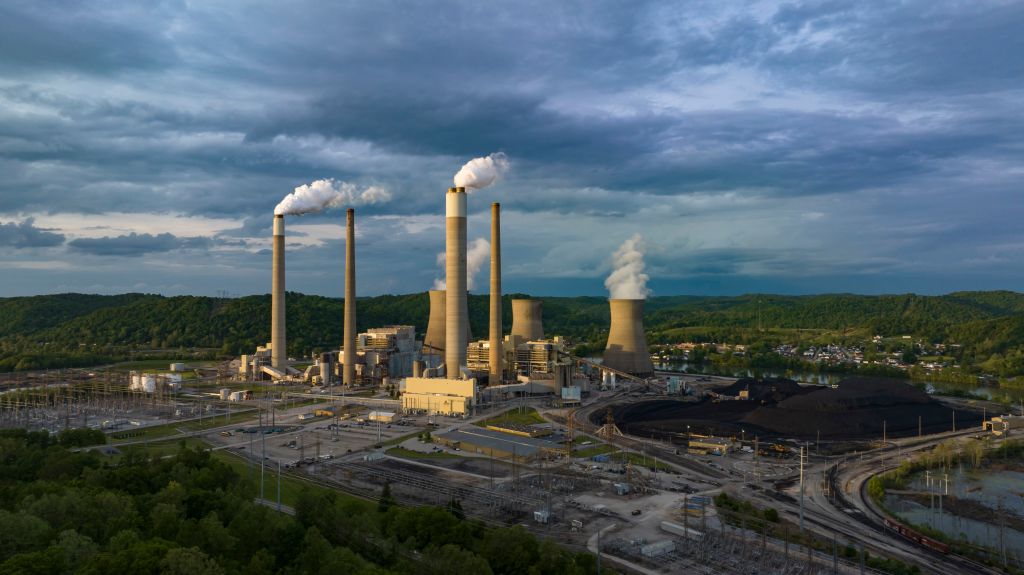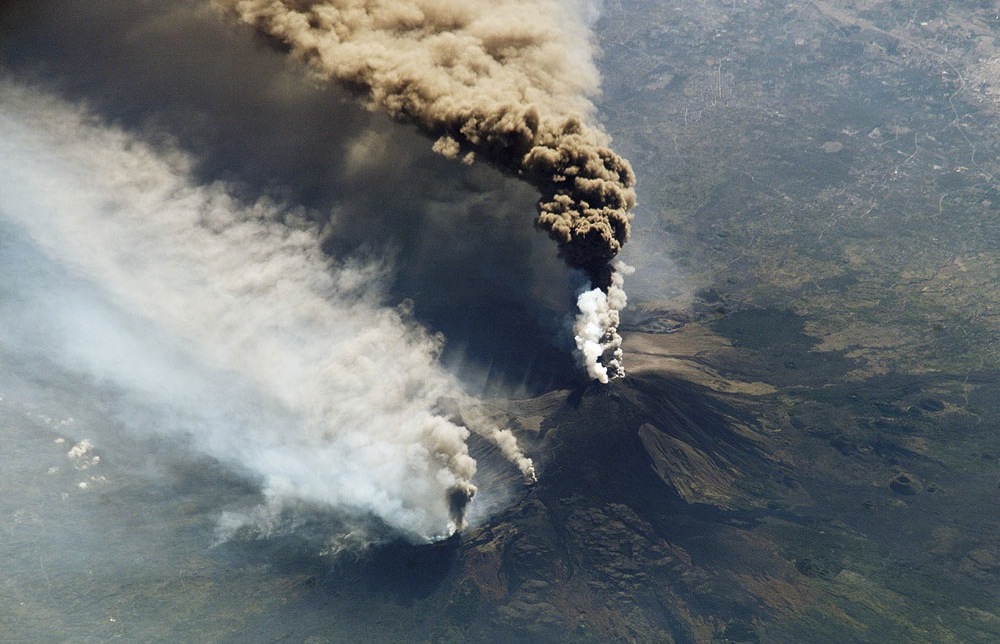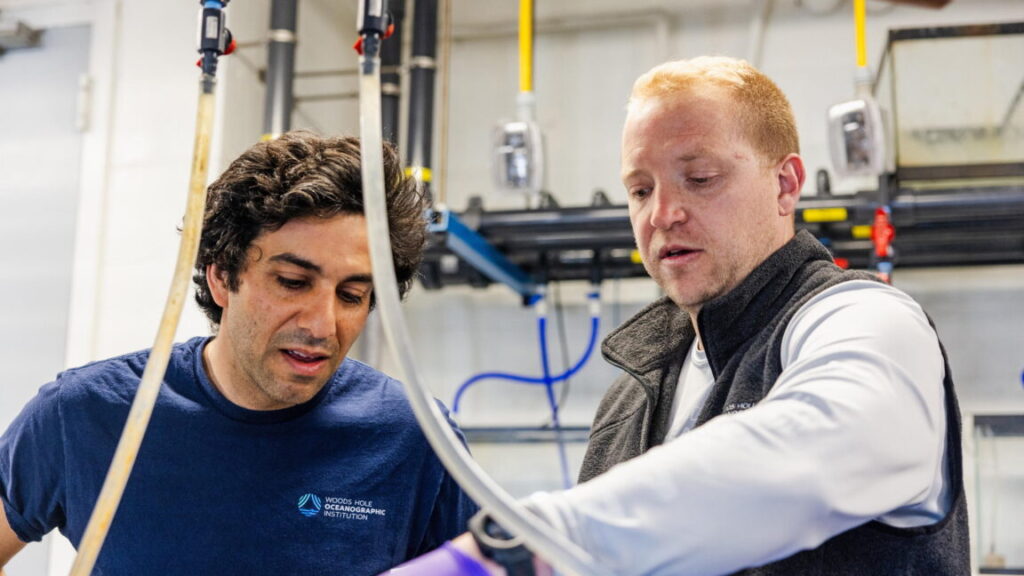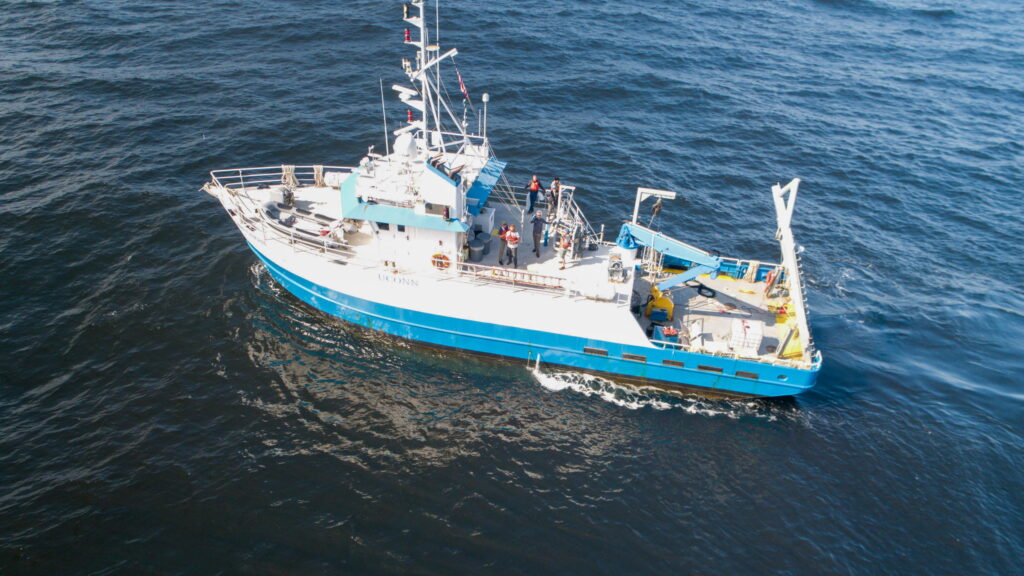New report warns of critical climate risks in Arab region
The new WMO report shows that the foundations of daily life across the Arab region, including farms, reservoirs, and aquifers that feed and sustain millions, are being pushed to the brink by human-caused warming.
Across northwestern Africa’s sun-blasted rim, the Maghreb, six years of drought have slashed wheat yields, forcing countries such as Morocco, Algeria, and Tunisia to import more grain, even as global prices rise.
In parts of Morocco, reservoirs have fallen to record low levels. The government has enacted water restrictions in major cities, including limits on household use, and curtailed irrigation for farmers. Water systems in Lebanon have already crumbled under alternating floods and droughts, and in Iraq and Syria, small farmers are abandoning their land as rivers shrink and seasonal rains become unreliable.
The WMO report ranked 2024 as the hottest year ever measured in the Arab world. Summer heatwaves spread and persisted across Syria, Iraq, Jordan, and Egypt. Parts of Iraq recorded six to 12 days with highs above 50° Celsius (122° Fahrenheit), conditions that are life-threatening even for healthy adults. Across the region, the report noted an increase in the number of heat-wave days in recent decades while humidity has declined. The dangerous combination speeds soil drying and crop damage.
By contrast, other parts of the region—the United Arab Emirates, Oman, and southern Saudi Arabia—were swamped by destructive record rains and flooding during 2024. The extremes will test the limits of adaptation, said Rola Dashti, executive secretary of the Economic and Social Commission for Western Asia, who often works with the WMO to analyze climate impacts.
Climate extremes in 2024 killed at least 300 people in the region. The impacts are hitting countries already struggling with internal conflicts, and where the damage is under-insured and under-reported. In Sudan alone, flooding damaged more than 40 percent of the country’s farmland.
But with 15 of the world’s most arid countries in the region, water scarcity is the top issue. Governments are investing in desalination, wastewater recycling, and other measures to bolster water security, but the adaptation gap between risks and readiness is still widening.
The worst is ahead, Dashti said in a WMO statement, with climate models showing a “potential rise in average temperatures of up to 5° Celsius (9° Fahrenheit) by the end of the century under high-emission scenarios.” The new report is important, she said, because it “empowers the region to prepare for tomorrow’s climate realities.”
This article originally appeared on Inside Climate News, a nonprofit, non-partisan news organization that covers climate, energy, and the environment. Sign up for their newsletter here.
New report warns of critical climate risks in Arab region Read More »
